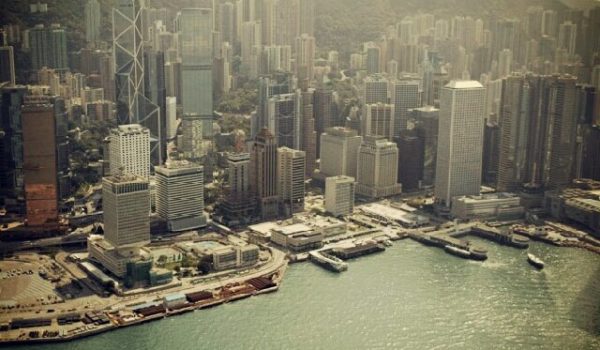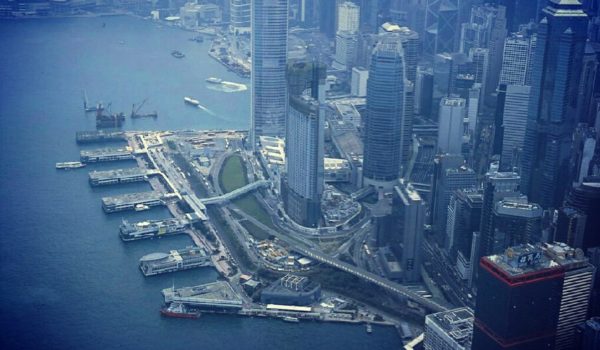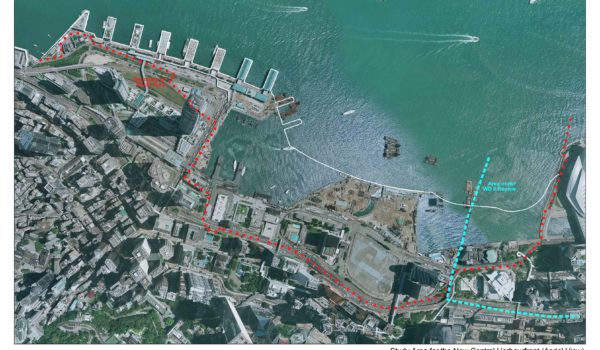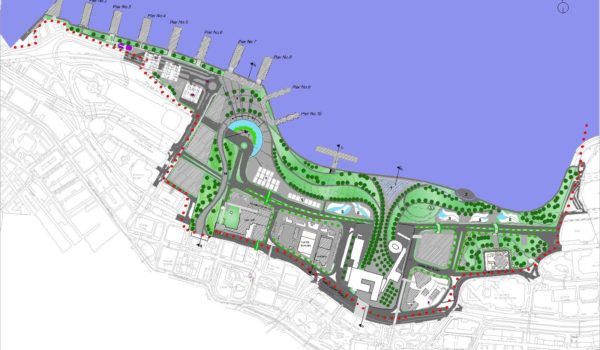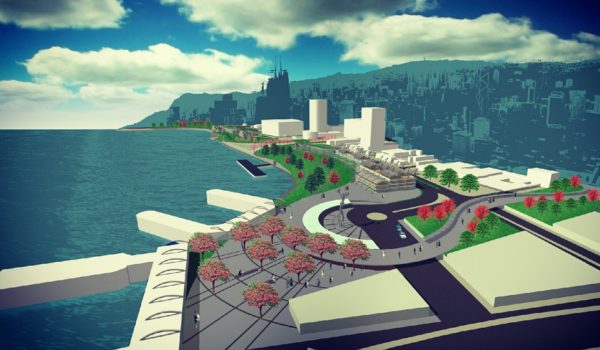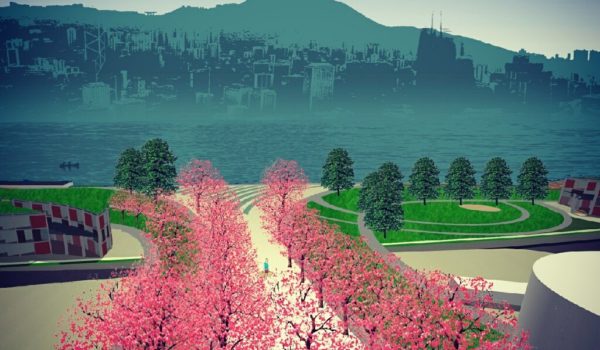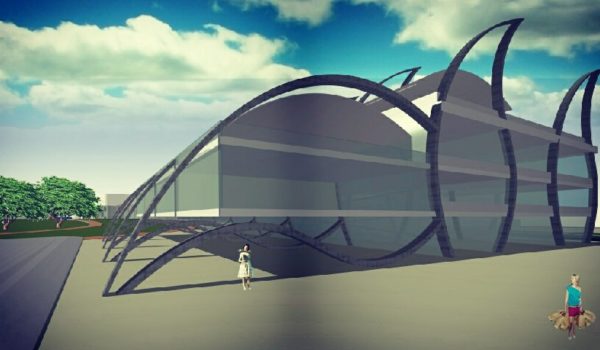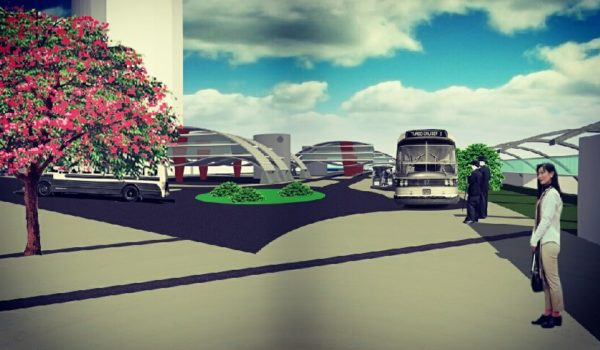Data :Junho – Agosto 2007
Programa :
– Criação de relações visuais com o Centro Histórico e Centro de Negócios de Hong Kong ;
– Proposta de uma nova localização para o Star Ferry Clock ;
– Garantir uma zona para o mercado local ;
– Proposta de uma envolvente ao novo edifício governamental com uma imagem forte ;
– Garantir o acesso militar ao porto, sem obstáculos ;
– Considerar que este será um importante centro de transportes, com ligação ao cais e ao aeroporto, garantindo alternativas seguras ao fluxo pedonal ;
‑Respeitar os usos definidos no “Approved Central District (extension) OZP and Central District OZP”.
Conceito :
Na definição do conceito foi considerada a necessidade de uma proposta que desse resposta não só à vida quotidiana da população de Hong Kong, mas que procurasse simultaneamente restabelecer a conectividade entre a estrutura urbana existente e o porto, enquanto símbolo e marca da sua história, desenvolvimento cultural e económico. A frente marítima é entendida aqui como área que permite recuperar a continuidade entre diferentes espaços existentes, funcionando como um espaço de transição, uma orla, mas com a sua própria estrutura, onde a rede de transportes e a estrutura verde urbana constituam elementos fundamentais dessa relação.
Local : Frente Marítima de Hong Kong
Equipa : MR Architects
Exposição : Setembro de 2007, porto de Hong Kong.
Program :
– Creation of visual relationships with the Historical Center and Business Center of Hong Kong ;
– Proposal for a new location for the Star Ferry Clock ;
– Creation an area for the local market ;
– Proposal of new government building surroundings, with a strong image ;
– Ensure the access to the military port, without obstacles ;
– Considering that this is an important transport hub, that connects to the pier and the airport, provide safe alternatives to pedestrian flow ;
– Respect the “Approved Central District (extension) and Central District OZP.”
Concept :
It was considered the need for a proposal that could give response not only to the daily life of the people of Hong Kong, but that simultaneously sought to reestablish the connectivity between existing urban structure and the port, as a symbol of its history, cultural and economic development. The seafront is understood here as an area that allows to recover the continuity between different existing spaces, functioning as a transitional area, a waterfront, but with its own structure, and where the transport network and urban green structure are basic elements of this relationship.
Location : Central Waterfront of Hong Kong
Team : MR Architects
Exhibit : September 2007 in Hong Kong Port
